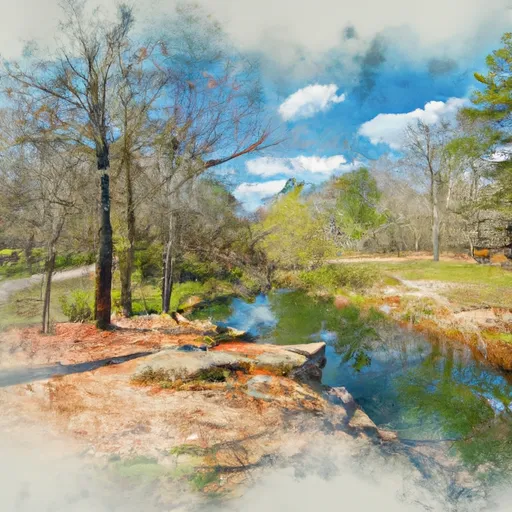°F
°F
mph
Windspeed
%
Humidity











Wesley, Iowa is a small town located in the north-central part of the state. It has a humid continental climate, characterized by hot summers and cold winters. Average temperatures range from 15°F (-9°C) in winter to 85°F (29°C) in summer, with an annual precipitation of around 35 inches (89 cm). The area experiences all four seasons, offering residents and visitors a variety of weather conditions throughout the year.
In terms of hydrology constituents, Wesley lies within the Upper Iowa River watershed, which provides a source of water for the area. The town does not have any major rivers or lakes within its boundaries, but it is surrounded by agricultural fields and rural landscapes.
As for outdoor recreation opportunities, Wesley offers a peaceful and scenic environment for nature enthusiasts. The nearby Upper Iowa River is a popular spot for fishing, canoeing, and kayaking. There are also several parks and trails in the area, providing opportunities for hiking, biking, and picnicking. Additionally, Wesley is surrounded by beautiful countryside, making it a great destination for camping and wildlife observation.
Weather Forecast
Wesley receives approximately 813mm of rain per year, with humidity levels near 83% and air temperatures averaging around 8°C. Wesley has a plant hardyness factor of 5, meaning plants and agriculture in this region thrive during a short period during spring and early summer. Most plants will die off during the colder winter months.
Regional Streamflow Levels
8
Cubic Feet Per Second
205
Cubic Feet Per Second
165
Cubic Feet Per Second
63
Cubic Feet Per Second
Nearby Camping
| Camping Area | Reservations | Toilets | Showers |
|---|---|---|---|
| Minneopa State Park | |||
| Allansons Park | |||
| Baylor Co Park | |||
| Riverside Park - St Peter | |||
| Pierz Park | |||
| Daly County Park |



